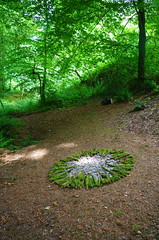“The latest scientific research shows that insects are dying out up to eight times faster than larger animals with 41 per cent of insect species facing extinction.” This is what I read on Eventbrite’s announcement for an online event that took place about a week ago.
The event was organised and hosted by Moor Meadows, a Dartmoor-based community group devoted to restoring and creating flower-rich grasslands on every scale.
I was intrigued. I had been hearing for quite some time (on news media etc.) about the alarming, ever-increasing decline of insects in our world –particularly of concerns about pollinators and other beneficial insects that are becoming extinct. So, I registered for what turned out to be a fascinating online presentation: ‘The Garden Jungle, how to save our insects’ by Prof Dave Goulson .
I am writing this purely from the perspective of an ordinary UK resident in Devon as, apart from a few nasty experiences in other countries – I know almost nothing about foreign insects (actually, nothing very much about our own either). What I do know is: insects, of course, are an essential part of our planet’s food chain; they are crucially important pollinators, and utterly necessary in terms of biodiversity.
Apart from their usefulness, the beauty and character of many of our insects, such as butterflies, bees and dragonflies is of huge value in itself – lifting our spirits and helping us to remember that life is fundamentally good and abundant.
It seemed important for me to learn a bit more about what is going on.
 Photo by Shelly Pence on Unsplash
Photo by Shelly Pence on Unsplash
Dave Goulson is an eminent bee expert and author, and founder of the Bumblebee Conservation Trust. He is Professor of Biology (Evolution, Behaviour and Environment) at the University of Sussex.
It was good to listen to his clear and accurate account of the insect situation, and what we might do about it.
He began by reminding us we are creating a number of serious inter-related problems here on our planet, such as climate change, which tends to get the most attention. One of these problems is that of wildlife species disappearing fast.
It is known by science that we are in the middle of what we call the 6th mass extinction: species, large and small, are going the fastest for 65 million years, the time of the dinosaurs. The dinosaurs went extinct because of a meteor crash: this time the cause is us humans and our predatory behaviour. Dave reckoned that on average, about one species an hour is going (which is most likely to be an insect).
Why are they declining?
There are many reasons for this, including loss of habitat, which is the main cause, together with the widespread use of pesticides and insecticides.

Loss of wildflower meadows has had a massive impact upon insects, not to mention other life-supporting systems. Research shows that we have lost at least 97% of our flower meadows since the 1930’s. Here’s a 2018 article from The Independent, and there are many similar reports online.
We have lost our flower meadows to widespread arable monoculture and so-called ‘improved grassland’. Much bigger fields, growing mechanisation, and increased use of chemicals for the sole purpose of killing insects – all of these aspects are major contributing factors towards our sad loss.
Why is it so important if insects disappear?
Well, it is important because if they were to vanish, the planet would be in deep trouble, as insects are involved in almost every ecological process (meaning that if they all vanished, the Earth’s vital processes would simply stop).
Of the many helpful functions of insects, the best-known is as pollinators – they pollinate not only wildflowers, but also ¾ of our food crops that we find in supermarkets. As Dave said: We need to look after the insects. The truth is: if they were not here, millions of people would probably starve to death.
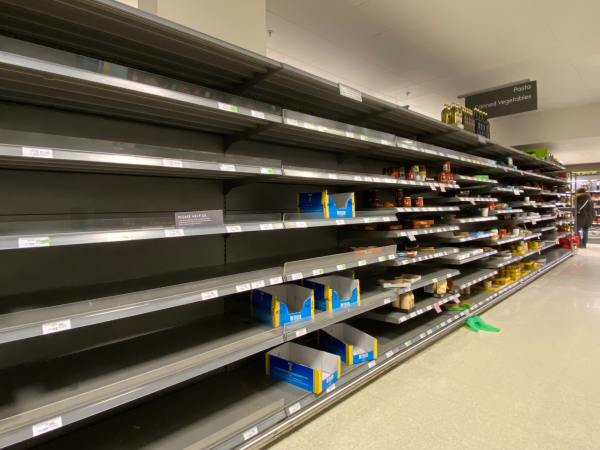 Photo by John Cameron on Unsplash
Photo by John Cameron on Unsplash
Clearly, we need to change way we grow food. Our mainstream methods are unsustainable. They generate greenhouse gas emissions, are responsible for much soil erosion, and are the biggest drivers of biodiversity loss.
What can we do to turn things around?
Dreadful though things appear at the moment, Dave explained, it is completely possible for all of us to make even the smallest of changes to the way we tend our gardens and outdoor spaces. Ways that would help the insects recover and begin to reverse the downward trend. There is a huge number of gardens all over the country, which could become a network of small insect habitats.
We can be careful about what we plant or use in the garden. We can allow our gardens to run a little bit wild, let the grass and weeds grow a bit, and plant flowers that attract butterflies, bees, or other insects. This will not only provide a welcome resting place for these creatures but give us much sensory pleasure and satisfaction that flat green lawns and concrete paving cannot provide.
It is easy to search online for books and websites on attracting butterflies and other beneficial insects to our gardens – including Dave’s own most recent book, “Gardening for Bumblebees”on choosing the best varieties of plants and herbs. Everyone can do something, even if we only have a window box or a few plant pots at our disposal.
Then there are the council-run areas like parks, cemeteries, verges that could be planted with areas of wildflowers. Many people are already giving nature a helping hand in places like these.
Dave gave us a few tips on managing these public grassy areas. Rather than just allow it all to go wild, show that it is being responsibly managed by defining a particular area of interest where wildflowers are allowed to grow, or by perhaps mowing a visitors’ pathway through the middle of that area.
There are lots of great pictures and information about plants and wildlife from the many Nature, and wildlife organisations, such as Moor Meadows. There is some very useful information from the Tarka Country Trust: ‘Wildflower Verges – Getting Started’ and there is also the Road Verge Campaign run by Plantlife.
Importantly, of course, there are the Wildlife Trusts.
Currently, there is considerable alarm concerning the government’s decision to allow the ‘temporary’ re-introduction of highly poisonous neonicotinoid pesticides, that are known to kill bees, whether or not they feed off the plants that have been sprayed. You can find some more details about it on this page from Devon Wildlife Trust: https://www.devonwildlifetrust.org/news/bad-news-bees-government-reverses-ban-bee-killing-neonicotinoids .
The Wildlife Trust’s Petition is on this page too, requesting the government to reconsider their decision. Other organisations also have similar petitions, including Petition Parliament: https://petition.parliament.uk/. It goes without saying, that the more petitions that are signed, the better!
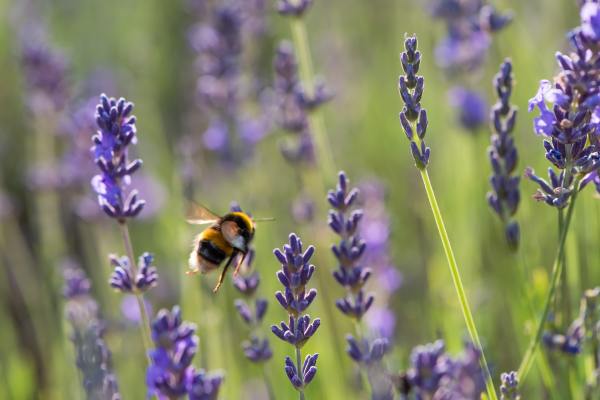 Photo by Venkata Suresh on Unsplash
Photo by Venkata Suresh on Unsplash
My blog post here has just skimmed over the surface of Dave’s talk. I hope it will arouse your interest in finding out more.
It pleases me to imagine a new ‘grassroots’ movement slowly but inexorably growing underground – to be known as Reclaim the Streets for Plants and Insects. This would be a quiet army of gardeners meeting in potting sheds and allotments throughout the country, working unobtrusively on grass verges, roundabouts and other council-run areas, nurturing and encouraging wild plants to flourish once again for the benefit of all of life.
Not forgetting the petitions… Given what we have learned about the causes and potential consequences of our rapidly declining insect population, the petitions are vitally important, and I am certainly signing all that I come across. Here’s hoping we get an appropriate and intelligent response from the government authorities.
For further information:
As well as his range of fascinating books, Dave Goulson has many videos on YouTube on bees and other insects, biodiversity, flowers, food crops, and why insects are dying out.
Moor Meadows will soon be hosting a talk on the importance of flower-rich grasslands. All their events are announced on their website.
https://en.wikipedia.org/wiki/Decline_in_insect_populations – Decline in Insect Populations
This Wikipedia page has good information, and an easy to navigate List of Contents.
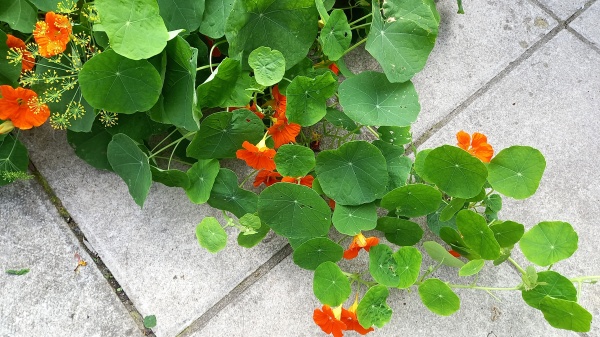
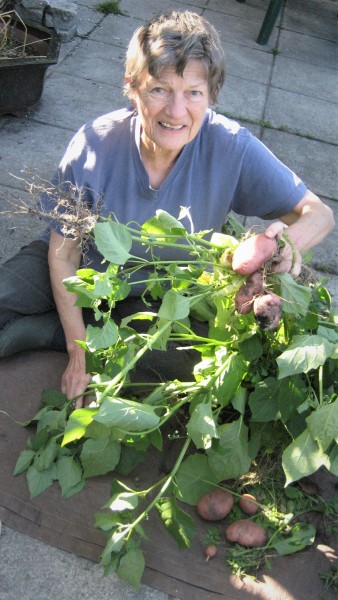


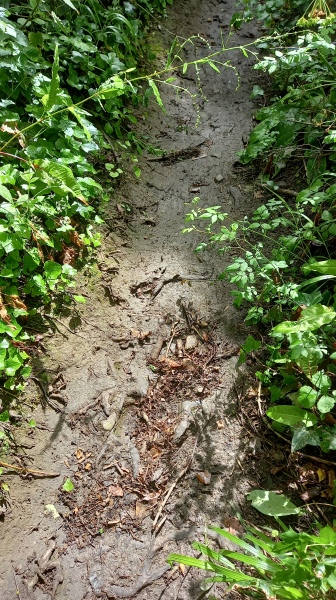
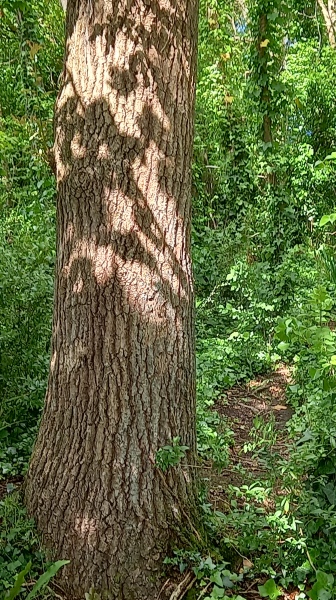
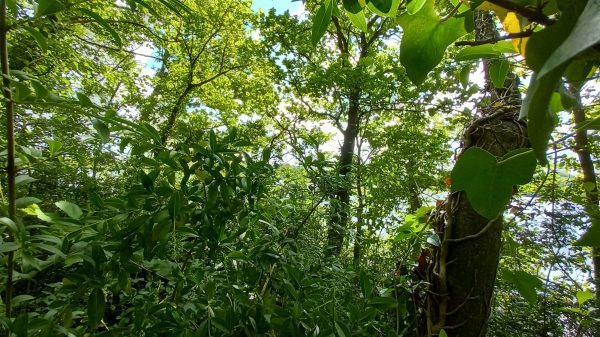

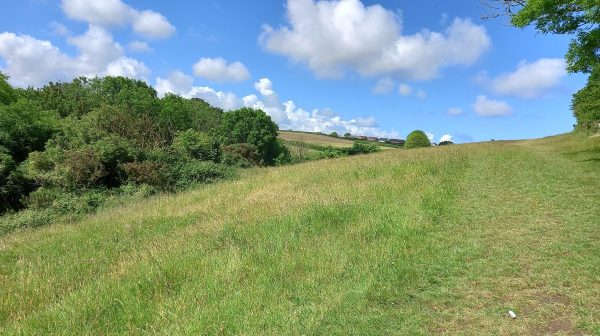

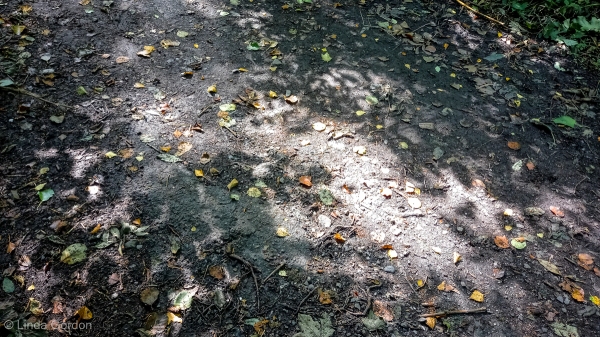











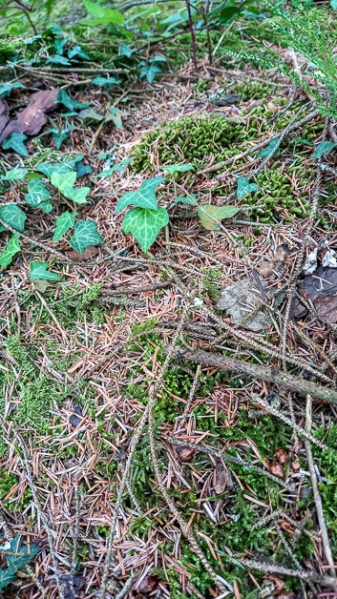
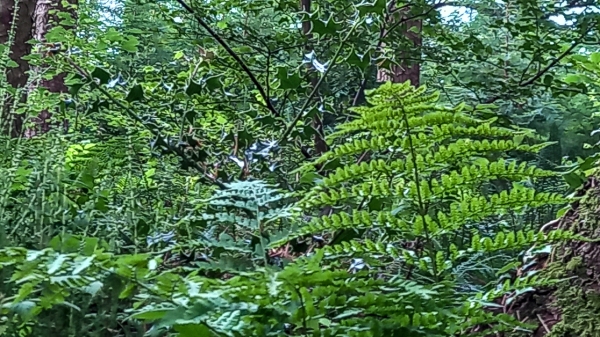
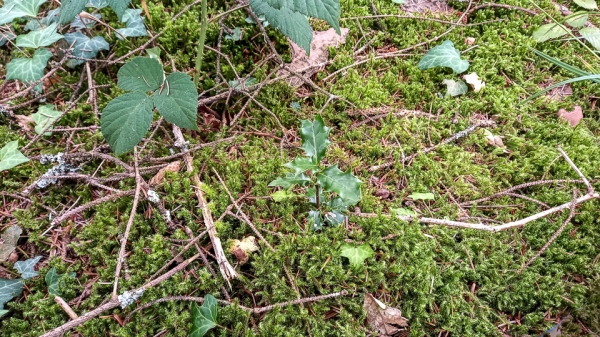
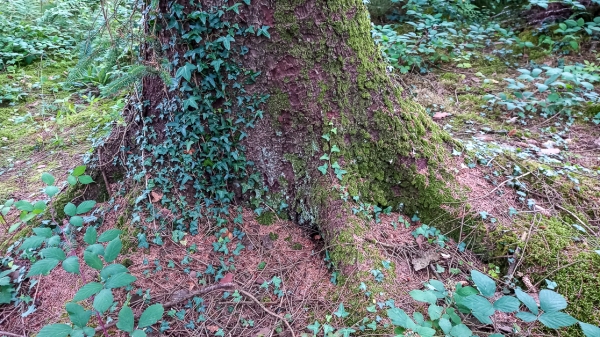

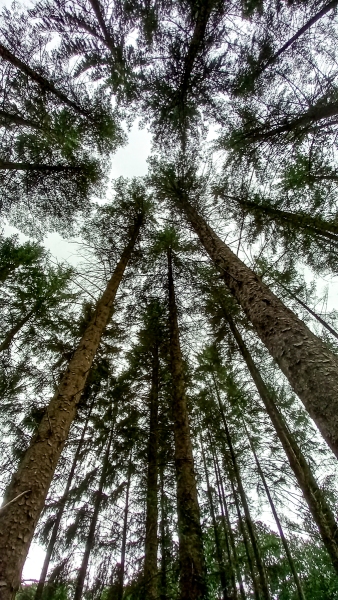

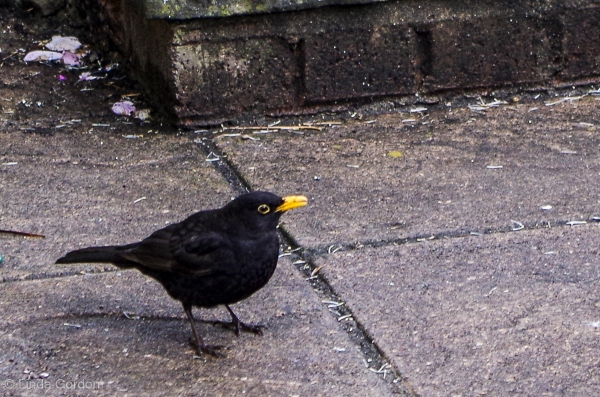
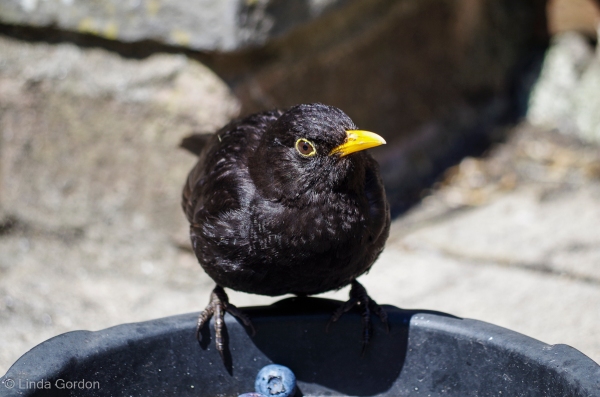
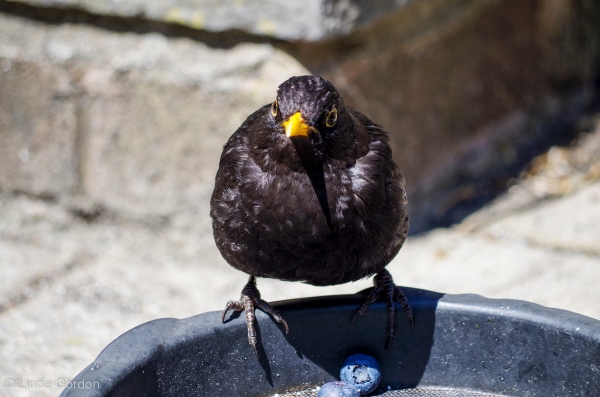
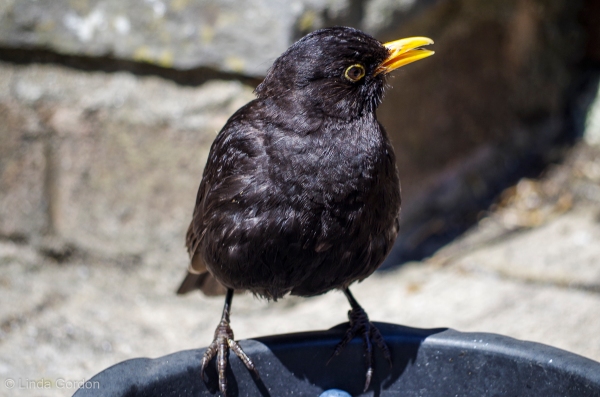
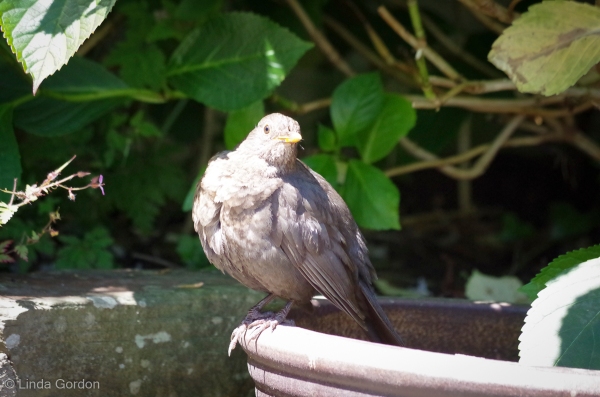

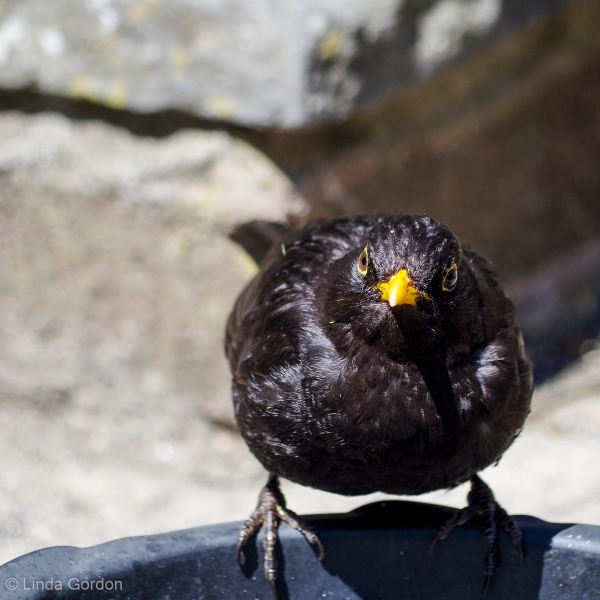




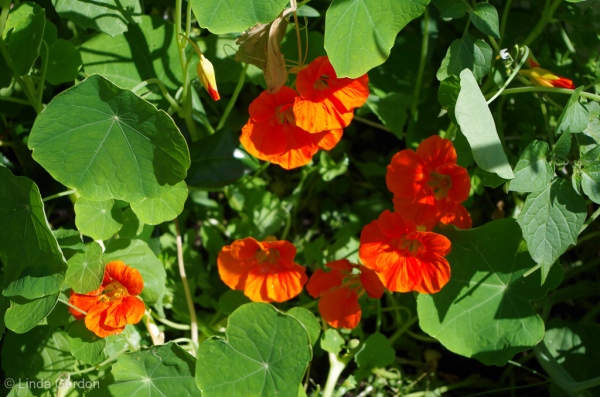
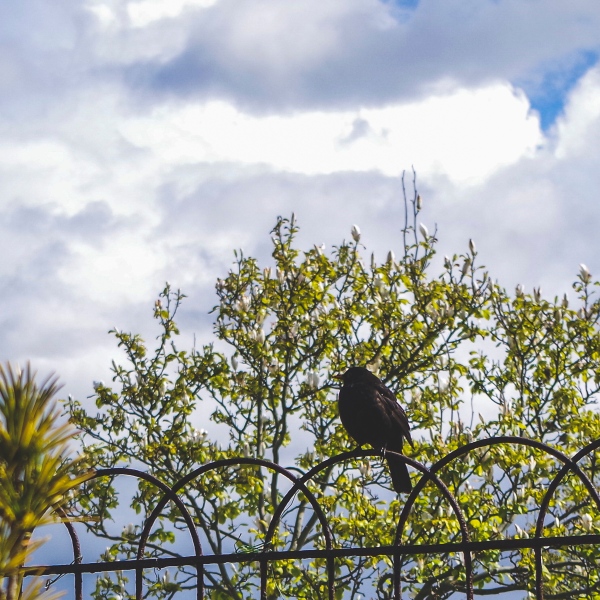

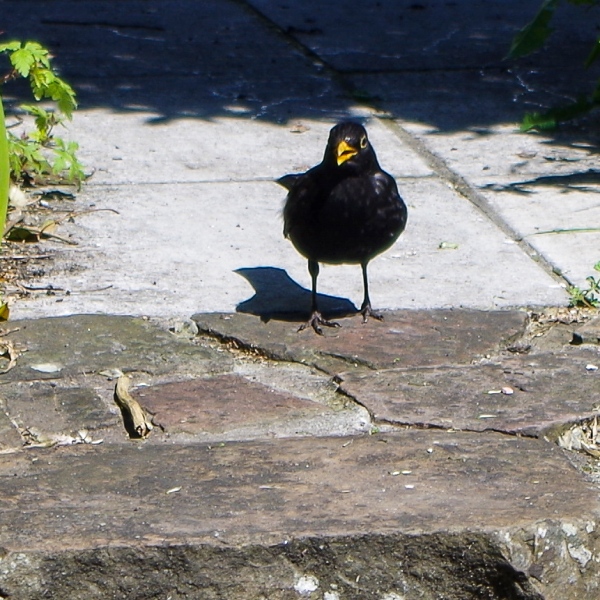
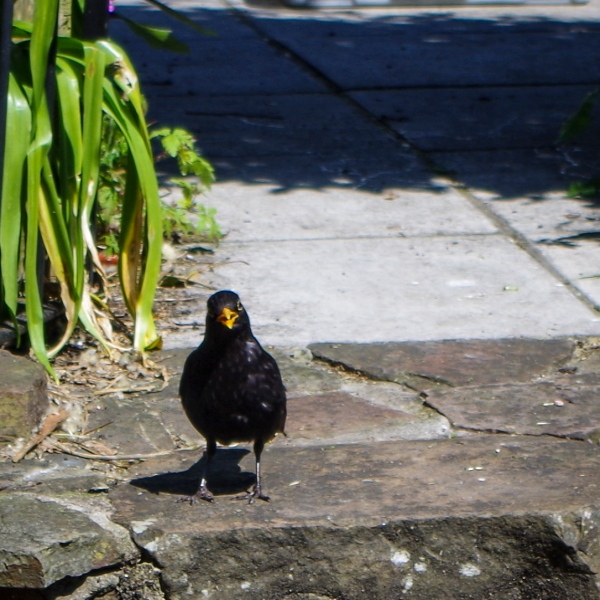
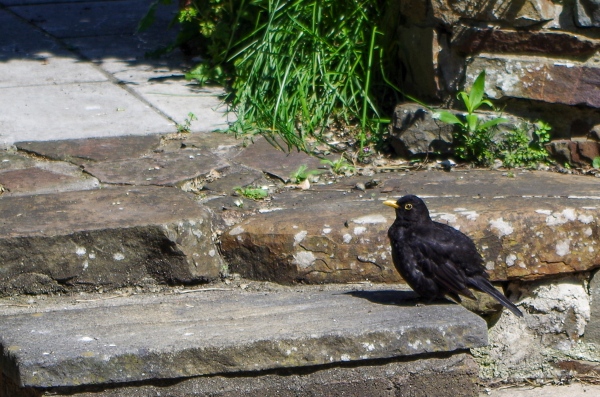
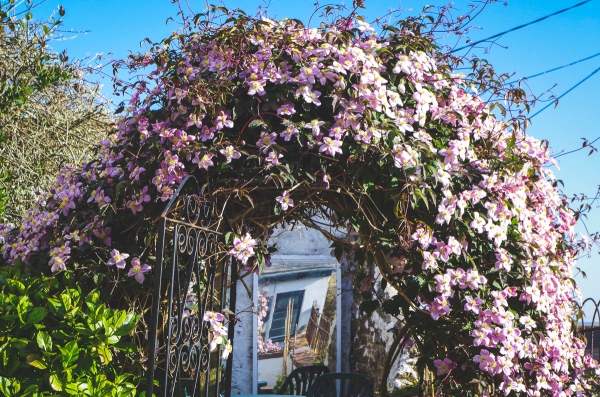
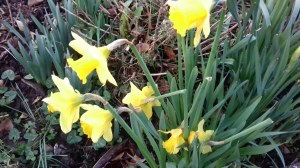
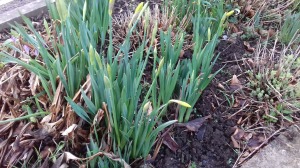 Crisp cold sunshine
Crisp cold sunshine I like the friendly mix of ‘nature and culture’
I like the friendly mix of ‘nature and culture’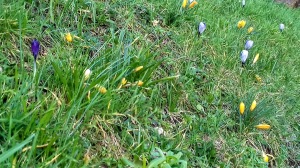 Back home, Mr B is perched waiting for me on the railings and has brought along all the sparrows – making rather a lot of noise.
Back home, Mr B is perched waiting for me on the railings and has brought along all the sparrows – making rather a lot of noise.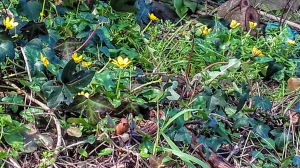 Hand wash A’s jersey, and put outside to dry in the fresh sunny breeze
Hand wash A’s jersey, and put outside to dry in the fresh sunny breeze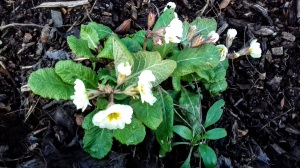
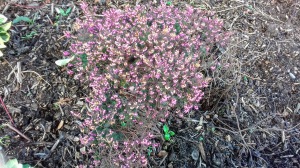
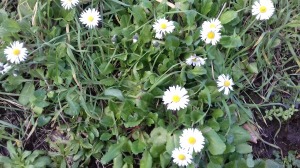
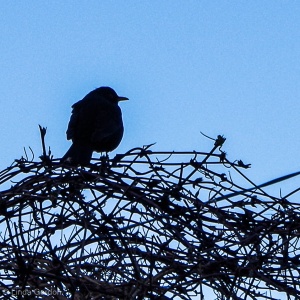
 Photo by
Photo by 
 Photo by
Photo by 



 Photo by
Photo by 


